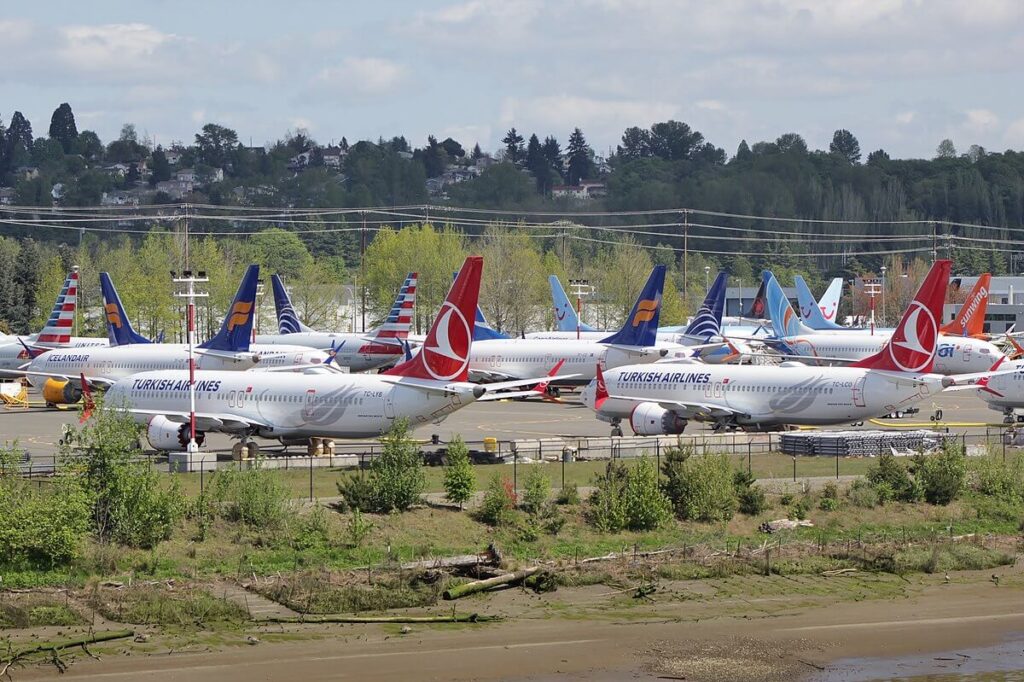Crushing the hopes of some carriers that expected the aircraft to operate again around the end of the summer, an official of the Federal Aviation Administration said that the Boeing 737 MAX may not be back in the air before December 2019.
Ali Bahrami, the Associate Administrator for Aviation Safety at the FAA, told Bloomberg during the International Aviation Safety Conference in Cologne, Germany, that it was not possible to give a precise timeline as work to make the Boeing 737 MAX safe was still ongoing.
Yet Bahrami’s guideline is still posterior than the one previously given by Dan Elwell, acting chief of the FAA. On May 23, 2019, Elwell told CNBC that the authority could take “a month, two months” to reapprove the aircraft.
While it brushes aside any prospect of seeing the aircraft operate during the intense summer season, this time window gives Southwest, American and United Airlines a better sense of how to organize their operations until December 2019.
On June 9, 2019, American Airlines (A1G) (AAL) had already extended the cancellations of about 115 daily flights from August 19, 2019, to September 3, 2019, so that their “customers and team members can more reliably plan their upcoming travel”. They were followed by Southwest Airlines (LUV) which announced they would remove the 737 MAX from their schedule until September 2, 2019.
As for operators from other parts of the world, they may have to wait even longer, as the main regulators (European Union Aviation Safety Agency, Transport Canada…) have announced their decision to conduct individual reviews of the Boeing 737 MAX update.
Also present at Cologne conference, EASA Director Patrick Ky said that the analysis of Boeing’s update was ongoing and would not be concluded before the end of July 2019 at the earliest. The agency is reportedly considering additional flight simulator training for 737 MAX pilots, as well as possible design changes, as a requirement for the aircraft to operate again in the European airspace. “Aviation safety is a question of partnership and international cooperation,” Ky reminded.
